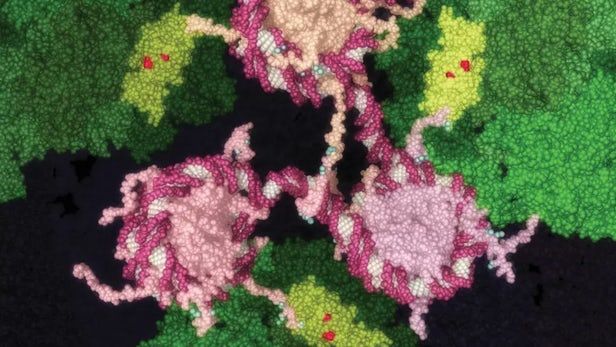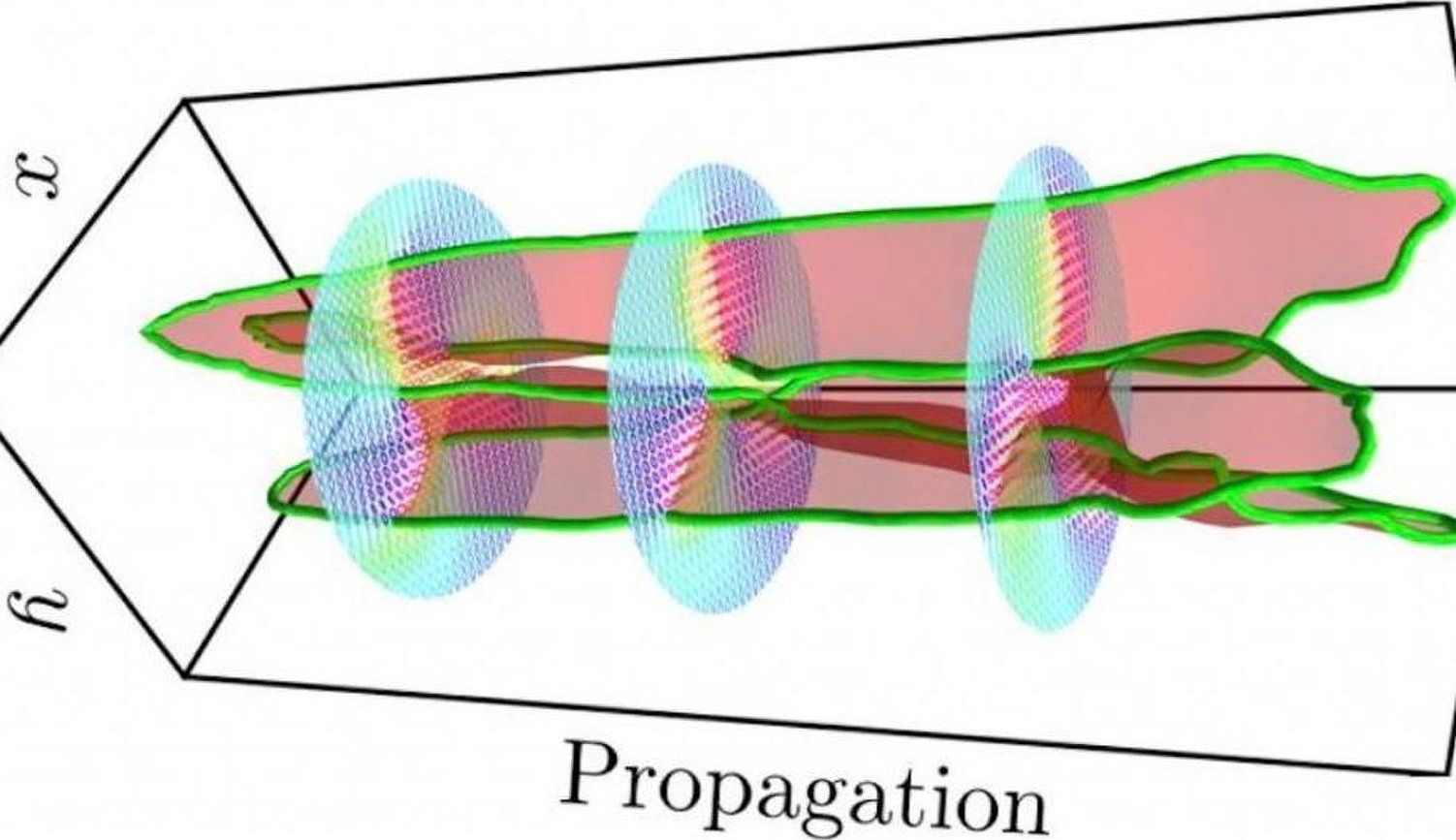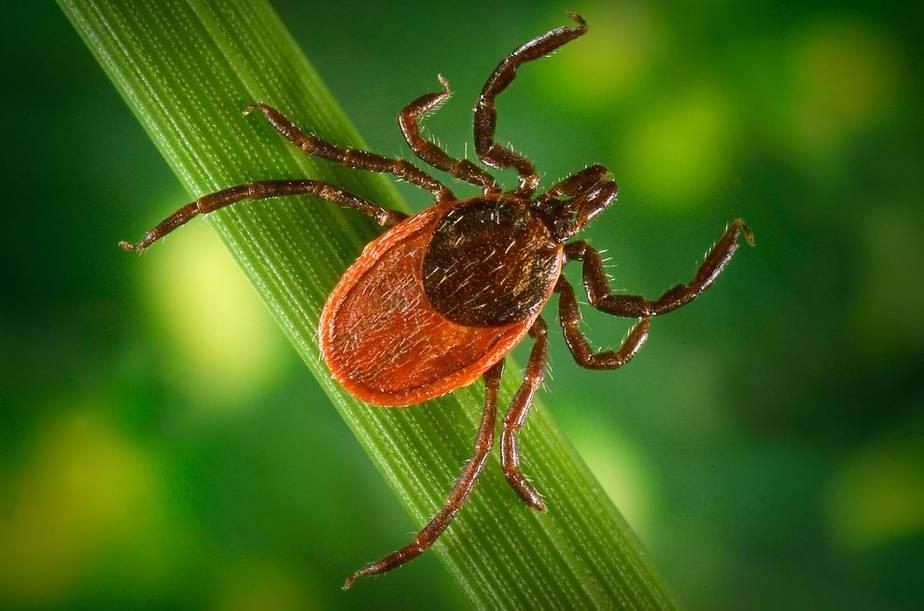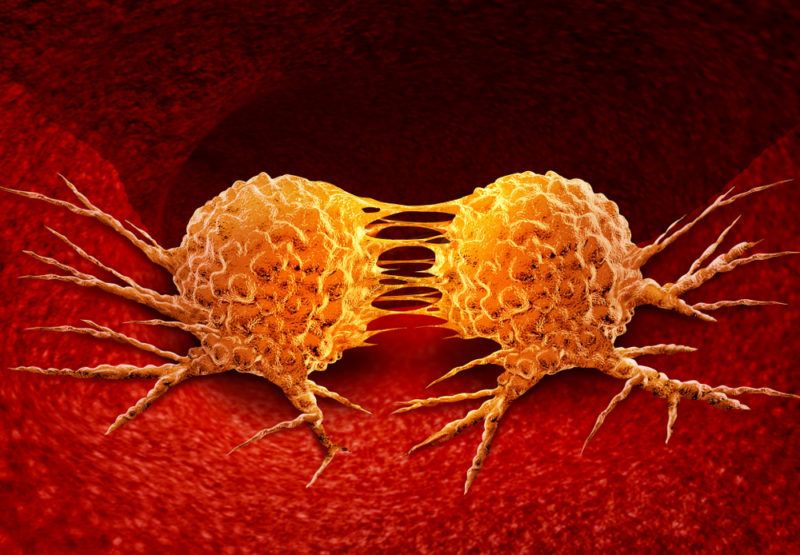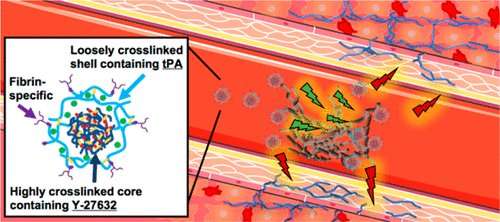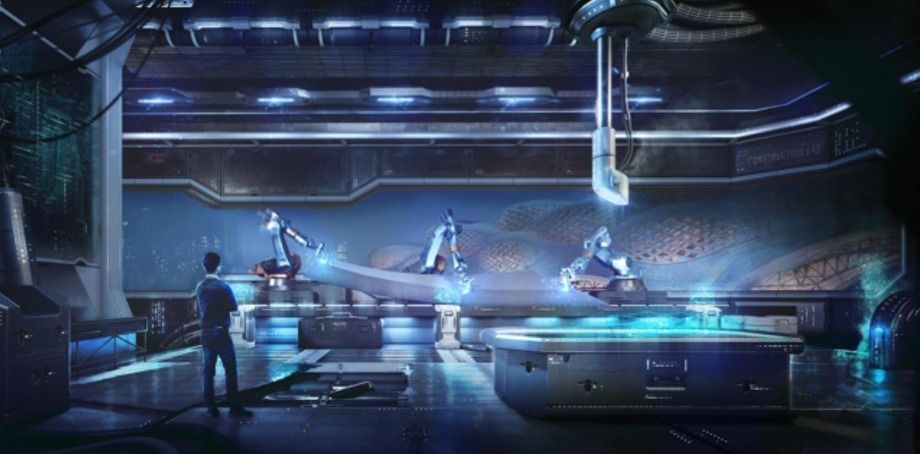Aug 6, 2018
Building the backbone of a smarter smart home
Posted by Bill Kemp in categories: habitats, information science, robotics/AI
The state of artificial intelligence (AI) in smart homes nowadays might be likened to a smart but moody teenager: It’s starting to hit its stride and discover its talents, but it doesn’t really feel like answering any questions about what it’s up to and would really rather be left alone, OK?
William Yeoh, assistant professor of computer science and engineering in the School of Engineering & Applied Science at Washington University in St. Louis, is working to help smart-home AI to grow up.
The National Science Foundation (NSF) awarded Yeoh a $300,000 grant to assist in developing smart-home AI algorithms that can determine what a user wants by both asking questions and making smart guesses, and then plan and schedule accordingly. Beyond being smart, the system needs to be able to communicate and to explain why it is proposing the schedule it proposed to the user.



